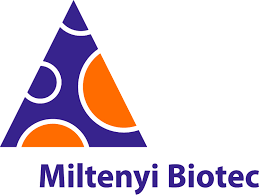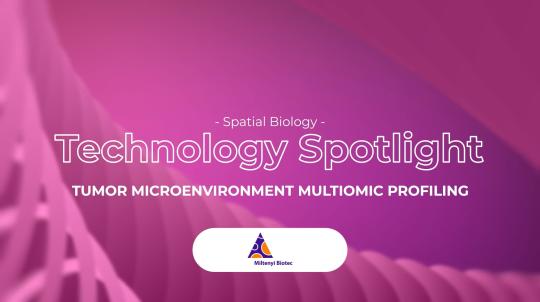FFPE tissue is valuable for retrospective analysis and patient outcomes but poses challenges for RNA and DNA sequencing due to its preservation methods. Carina Emery, Lead Product Manager for Sample Prep at Miltenyi Biotec, provided an overview of Miltenyi’s dissociation kit and introduced the spatial biology solution for both protein and RNA analysis on formalin-fixed paraffin-embedded (FFPE) tissue.
Although there have been many advances in bulk RNA and DNA sequencing of FFPE tissue, single-cell sequencing has been lagging. There was a massive interest in single-cell sequencing and FFPE in 2023 as a result of 10X Genomics’ gene expression flex assay which works for fixed RNA. Alongside the introduction of this new technology, the academic world also began taking an interest in this field. A lab released a successful paper on doing FFPE using PolyA tail single-cell sequencing chemistry. Emery noted that although data when using Poly A Tails is usually limited, bioinformatics tools can draw value from them.
Jumping on the bandwagon, Miltenyi came up with their own FFPE dissociation kit in 2018. At this point there were very few people were attempting single-cell RNA seq on FFPE tissue. Emery explained that her team optimised the FFPE kit for RNA profiling. Their goal was to dissociate the FFPE tissue but maintain the cytoskeleton around the nuclei. The kit uses different enzymes including RNase-free enzymes and also skips the antigen retrieval step. Emery went into further detail about the workflow and mentioned that the protocol only lasts around 40 minutes and is hands-free.
To test their kit against the competition Emery and her team selected two different FFPE tonsil samples and dissociated them with either the Miltenyi kit or the Liberase kit. The results showed that the mean reads per cell were much higher in the Miltenyi sample versus the Liberase sample. Furthermore, the Miltenyi sample gave lower mitochondrial read percentages which is an indicator of better RNA quality. The Miltenyi kit also displayed better performance in terms of cell recovery.
The talk then turned to the MACSima platform which enables high-content protein imaging of both protein and RNA on the same FFPE slide. For instance, a tonsil tissue section showed a strong correlation between protein Ki-67 and RNA MK167 proliferation markers. This demonstrates a strong correlation between RNA sky probes and RNA sequencing data. Emery commented that she used publicly available tonsil data for single-cell sequencing and bulk RNA sequencing and correlated it to their MACSima data, and the correlation was very positive.


